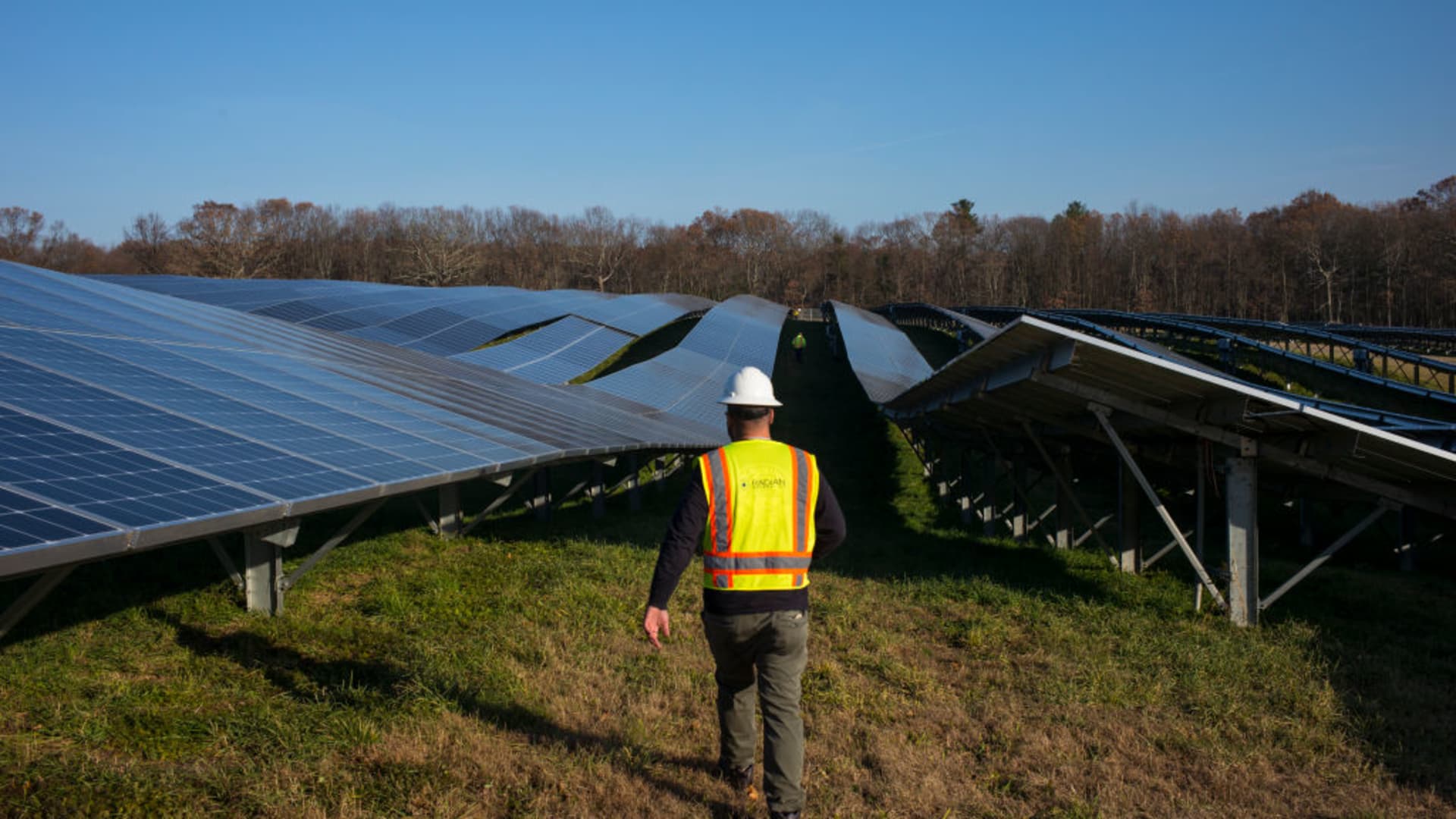Energy
Monday, October 23rd, 2023 2:26 pm EDT
Key Points
- PG&E’s Ambitious Undergrounding Plan: Pacific Gas and Electric (PG&E), the nation’s largest utility, is making significant progress on its plan to move 10,000 miles of power lines in fire-prone areas underground to reduce the risk of ignitions caused by power lines. The move comes after PG&E’s equipment sparked deadly wildfires in the past, such as the Camp Fire, which drove the company into bankruptcy.
- The High Cost of Undergrounding: While undergrounding power lines can reduce ignition risk by 98%, it is a costly endeavor. The data shows that the cost of undergrounding one mile of power lines ranges from $1.85 million to $6.1 million. This ambitious plan is expected to cost tens of billions, with the expense being borne by PG&E’s customers, who already face high utility rates.
- Regulatory Decisions and Alternatives: The California Public Utilities Commission (CPUC) will decide on PG&E’s undergrounding plan in November. While the extensive undergrounding plan is ambitious, the CPUC has also proposed two more cost-effective alternatives, focusing on insulation rather than complete undergrounding. The decision will balance the need for safety against the financial impact on utility bills for customers, taking into account both wildfire risk and affordability.
Pacific Gas and Electric (PG&E), the largest utility in the U.S., is working on an ambitious plan to move 10,000 miles of power lines in fire-prone areas underground. This move is aimed at reducing the risk of ignitions caused by power lines, which have been responsible for deadly wildfires in the past. While undergrounding power lines significantly enhances safety, it comes with a high cost. Undergrounding one mile of power lines can range from $1.85 million to $6.1 million, which means the total plan could cost tens of billions. PG&E customers, who already face some of the highest utility rates in the country, would bear this expense.
Despite the financial burden, PG&E is motivated to invest in these expensive infrastructure projects because it earns a guaranteed rate of return on capital investments, not from selling electricity or gas. By undertaking more costly projects, like undergrounding, PG&E can increase the revenue it collects. However, PG&E’s expansive undergrounding plan is one of the costliest in the nation, and other approaches to reducing wildfire risk may be more efficient.
The California Public Utilities Commission (CPUC) is evaluating PG&E’s plan, along with two cheaper alternate proposals that focus on insulation rather than complete undergrounding. These alternative plans cut back on the ambitious 10,000-mile goal but are more cost-effective. Ultimately, the CPUC will decide the best path forward, weighing the benefits of safety against the financial impact on utility bills for customers. Undergrounding power lines can eliminate the risk of ignition but comes at a high cost, and the balance between safety and affordability is a critical consideration for utilities and regulators.
For the full original article on CNBC, please click here: https://www.cnbc.com/2023/10/21/burying-power-lines-for-wildfire-prevention-is-effective-but-expensive.html




